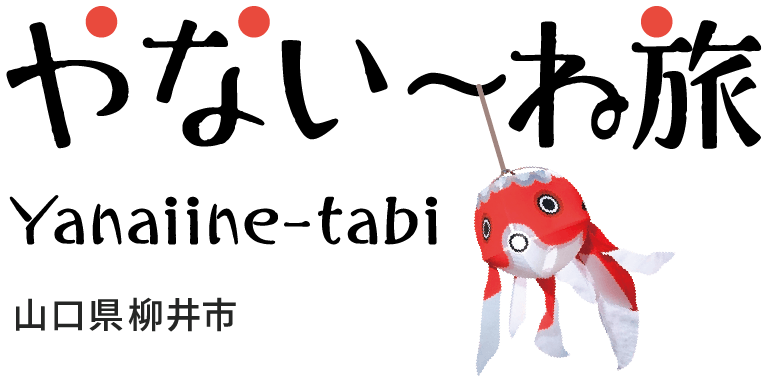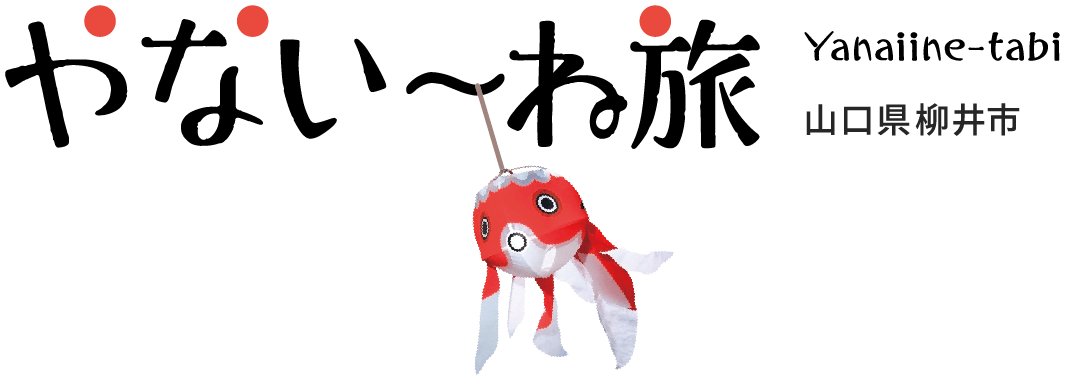This white plastered, 1-story wooden storehouse was built as a soy sauce brewery in the late Taisho Period (around 1920’s) . Many people used to call it in its nickname “Nishigura” up until 1980. In order to preserve the building as a valuable historical and cultural heritage, its facade, interior pillars and frames have been maintained as original state. It is now utilized as “Yanai Nishigura”, a craft center and a gallery.
【Goldfish-shaped Lantern Making】
Why don’t you try making Kingyo Chochin (goldfish-shaped lantern), the traditional folkcraft of Yanai? You simply paste fins and eyes and then draw scales to make your original and beautiful lantern.
【Yanai-jima Weaving Experience】
Why don’t you try weaving Yanai-jima, the stripe-patterned traditional textile of Yanai, using a traditional weaving machine to make your original coaster?
You can create various combination of designs by using different colours of strings for vertical and horizontal lines. By doing so, you can create your very own and unique coaster.
You can also experience indigo and vegetable dyeing.


























